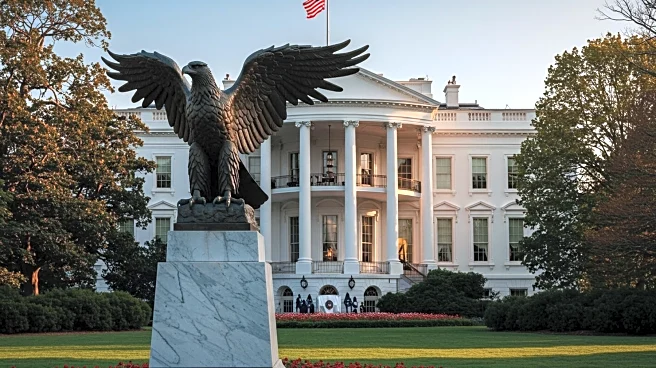What's Happening?
The Department of Health and Human Services (HHS) has initiated a process to cut off collective bargaining rights for its staff. Notices have been sent across seven offices and sub-agencies, indicating that unions will no longer be recognized. This move aligns with a March executive order from President Trump, which aimed to strip federal workers of their bargaining rights. The notices also mention that office space and equipment previously allocated to unions will be reclaimed. This development marks a significant shift in labor relations within the federal workforce, particularly affecting those employed by HHS.
Why It's Important?
The decision to eliminate collective bargaining rights for HHS staff could have far-reaching implications for federal labor relations. By removing these rights, the administration potentially weakens the negotiating power of federal employees, which could lead to changes in working conditions, pay, and benefits. This move may also set a precedent for other federal agencies, potentially leading to a broader reduction in union influence across the federal government. The impact on employee morale and retention could be significant, as workers may feel less empowered to advocate for their interests.
What's Next?
As the HHS implements this policy change, reactions from unions and federal employees are anticipated. Legal challenges could arise, as unions may seek to contest the executive order and its implementation. Additionally, political leaders and advocacy groups may weigh in, potentially influencing future policy decisions. The broader federal workforce will be closely monitoring the situation, as it may signal further changes in labor relations under the current administration.













